Click below to listen to my 2 min. Garden Bite radio show: Champagne History
Audio PlayerFrom “Mad wine” to “the Bubbly” – a history of Champagne – the wine most associated with festive occasions!
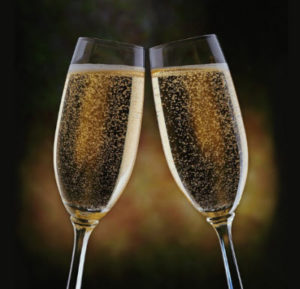
The bubbles in the wine are a natural process arising from Champagne’s cold climate and short growing season. The grapes are picked late in the year. This doesn’t leave enough time for the yeast present on the grape skins to convert the sugar in the pressed grape juice into alcohol before the cold winter temps put a temporary stop to the fermentation process. With the coming of Spring’s warmer temperatures, the fermentation starts again, but this time in the bottle. The re-fermentation creates carbon-dioxide which now becomes trapped in the bottle, thereby creating the sparkle.
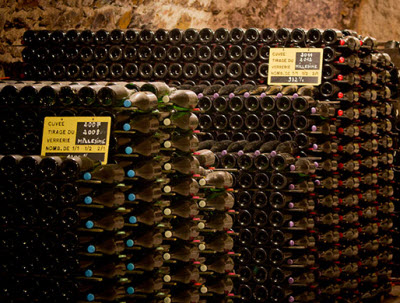
For Dom Perignon, the bubbly was not the desired end product. He called it “mad wine’ and tried for years to get the sparkle out of his wines. It didn’t happen but a funny thing did. People liked the bubbly.
Strictly speaking, champagne is a sparkling wine that comes from the Champagne region of northeastern France. If it’s a bubbly wine from another region, it’s sparkling wine.
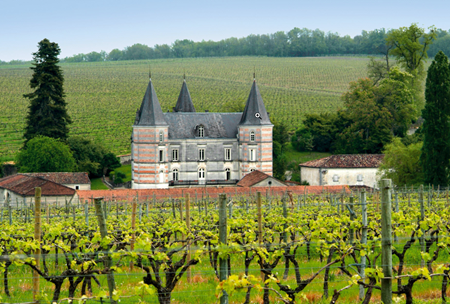
While many people use the term “champagne” generically for any sparkling wine, the French have maintained their legal right to call their wines champagne for over a century. The Treaty of Madrid, signed in 1891, established this rule, and the Treaty of Versailles reaffirmed it. The European Union helps protect this exclusivity now, although certain American producers can still generically use “champagne” on their labels if they were using the term before early 2006.
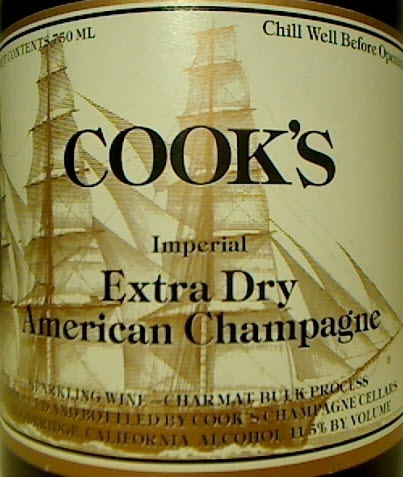
Tonight, enjoy the grapes of France but let someone else do the driving!
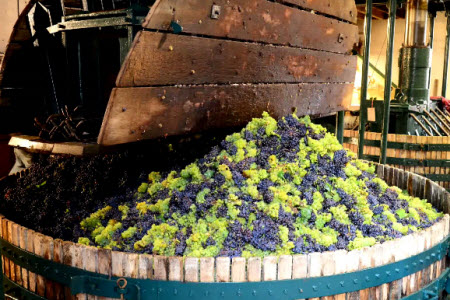
Here’s to your best year yet! Happy 2019!!
